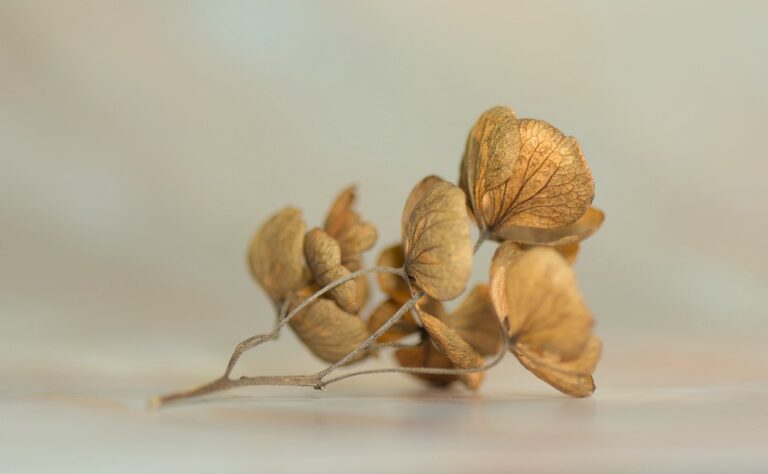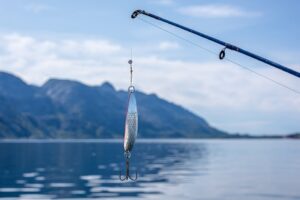Conservation and Sustainability Practices in Rekshino’s Fishing Community
Rekshino is a small coastal village known for its thriving fishing industry. The community relies heavily on the ocean for sustenance and livelihood. However, the increasing pressures of overfishing and environmental degradation have threatened the local marine ecosystem. In response, the community has implemented various conservation and sustainability practices to protect their resources for future generations.
1. Marine Protected Areas
One of the key initiatives taken by the Rekshino fishing community is the establishment of marine protected areas (MPAs). These areas are designated to restrict fishing activities and protect important marine habitats such as coral reefs, seagrass beds, and mangroves. By creating MPAs, the community aims to restore and maintain the health of the marine ecosystem, allowing fish populations to recover and thrive.
Through collaboration with local authorities and conservation organizations, the Rekshino fishing community has successfully established several MPAs along the coast. These designated areas are strictly enforced, with patrols conducted to prevent illegal fishing activities. By protecting these vital marine habitats, the community hopes to ensure a sustainable future for their fisheries.
2. Sustainable Fishing Practices
In addition to the establishment of MPAs, the Rekshino fishing community has adopted sustainable fishing practices to reduce their impact on the marine environment. This includes implementing size limits for fish, using eco-friendly fishing gear, and practicing selective harvesting techniques.
One of the key practices promoted by the community is responsible fishing. This involves only targeting certain species of fish in specific sizes, allowing juvenile fish to grow and reproduce. By regulating the catch size, the community aims to prevent overfishing and maintain healthy fish populations in the long term.
Another important aspect of sustainable fishing is the use of eco-friendly fishing gear. Traditional fishing methods such as gill nets and trawling can cause significant damage to marine habitats and bycatch of non-target species. To minimize these impacts, the Rekshino fishing community has switched to more sustainable gear such as hook and line fishing and traps.
3. Coastal Clean-up Campaigns
In recognition of the urgent need to address marine pollution, the Rekshino fishing community has organized coastal clean-up campaigns to remove debris and litter from the coastline. This initiative aims to protect marine life from the harmful effects of plastic pollution and promote a clean and healthy environment for both humans and wildlife.
During these clean-up campaigns, community members and volunteers gather along the coast to collect trash and plastic waste that has washed ashore. By raising awareness about the impacts of marine pollution, the community hopes to inspire others to reduce their use of single-use plastics and adopt more sustainable practices.
4. Community Education and Engagement
Education and community engagement play a vital role in promoting conservation and sustainability practices in the Rekshino fishing community. Through workshops, training sessions, and awareness campaigns, community members are empowered with the knowledge and skills to protect their marine resources.
One of the key initiatives is the establishment of a community-led conservation group that works closely with local authorities and conservation organizations to develop and implement sustainable practices. This group organizes educational programs, beach clean-ups, and sustainable fishing workshops to raise awareness about the importance of marine conservation.
5. Sustainable Livelihoods
As part of their commitment to conservation and sustainability, the Rekshino fishing community has diversified their livelihoods to reduce their dependence on fishing and promote alternative sources of income. This includes engaging in eco-tourism activities, aquaculture, and seaweed farming.
By embracing sustainable livelihoods, the community aims to reduce the pressure on their marine resources while improving their economic resilience. Through partnerships with local businesses and organizations, the community has been able to create new opportunities for income generation that are both environmentally friendly and economically sustainable.
In conclusion, the Rekshino fishing community has demonstrated a strong commitment to conservation and sustainability practices to protect their marine resources for future generations. Through the establishment of marine protected areas, adoption of sustainable fishing practices, coastal clean-up campaigns, community education and engagement, and promotion of sustainable livelihoods, the community is paving the way for a more sustainable future for their coastal village. By working together towards a common goal, the Rekshino fishing community sets an example for other coastal communities to follow in their footsteps towards a more sustainable and thriving ocean ecosystem.





